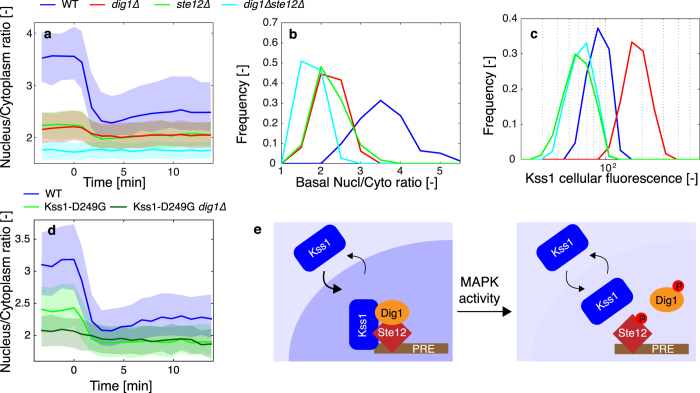Figure 3. Nuclear enrichment of Kss1 under vegetative conditions is dependent on its association with Ste12 and Dig1.
(a) Kss1-YFP nuclear relocation in WT (blue, Nc = 247), dig1∆ (red, Nc = 440), ste12∆ (green, Nc = 479) and ste12∆dig1∆ (cyan, Nc = 431) upon stimulation of the cells with pheromone at time 0. (b,c). Histograms displaying the nuclear to cytoplasmic ratio (b) and the average cellular intensity (c) for the WT, dig1∆ (red), ste12∆ (green) and ste12∆dig1∆ (cyan) before the α-factor stimulus. (d) Comparison of the nuclear relocation behavior of the MAPK insertion site mutant that disrupts the interaction between Kss1 and Ste12. WT: blue, Nc = 616, Kss1-D249G: light green, Nc = 439 and Kss1-D249G dig1∆: dark green, Nc = 218. (e) Schematic of the nuclear anchoring of Kss1. MAPK activity induced by pheromone disrupts the complex formed between Ste12, Dig1 and Kss1. The MAPK is then free to diffuse between the nucleus and the cytoplasm.

